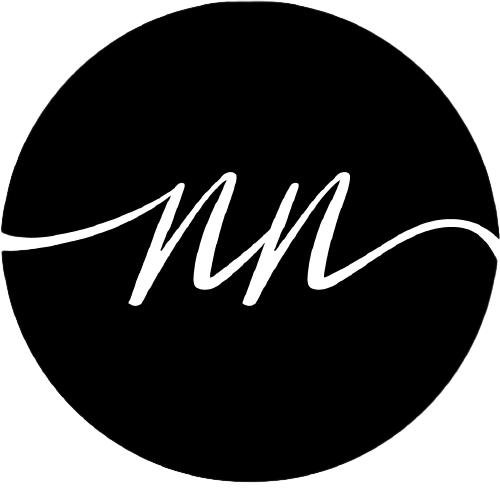If I had a dollar everytime someone asked "What's your lowest rate?".....Ok, you get how often people ask this question. You probably have heard mortgage brokers state there is more to mortgages than rates and the fine print is important. As a mortgage broker who provides detailed analysis, here is a scenario for you to contemplate:A lender came out with a new mortgage product with ultra low rate with following features:
- Mortgage Rate: 2.89% (conventional and insured mortgages)
- Mortgage Term: 5 year fixed
- Prepayment features: 20/20 (20% lump sum pre-payments & 20% increased payments)
- Portable but not assumable
- No increase and blend (I will explain what this means)
- Early penalty payout: IRD or 3% of remaining balance
I liked the mortgage product till I read the last 2 features for the following 2 reasons:
- If the homeowner moves prior to mortgage maturity, they can transfer the mortgage balance but can NOT add to the mortgage amount which will force them to break the mortgage
- Typical penalty is IRD or 3 month interest. In the latter stages of the mortgage as it get closer to maturity date, 3 month interest is the typical penalty to break the mortgage not 3% of mortgage balance
I did the following comparison between 2 mortgage products to see if this product is beneficial to the homeowner:
- Mortgage 1: 3.04% 5 year fixed, has same features as low rate product with the addition of being assumable, borrower can increase and blend and penalty is IRD or 3 month interest
- Mortgage 2: 2.89% product as described above
- Assume homeowner decides to sell their home and move 4 years into the 5 year mortgage term
As you can see in the above chart, after 4 years of mortgage payment, the difference between the 2 mortgage balances is $789 and the payment savings is $1,488 ($1690-$1659 x 48 months) for a total savings of $2,277.
Increase And Blend
Allows the borrower to increase the mortgage balance without paying a penalty and maintaining the interest rate on the existing balance. Example: The homeowner wants to increase the existing mortgage (assume current balance is $300,000, mortgage rate 2.99%) to $400,000. Utilizing this feature, the homeowner would add $100,000 at current market rate and blends the 2 rates together. The 2.99% interest rate would not be lost on the $300,000 and no penalty would be paid.
Lowest Mortgage Rate Fine Print
The low rate mortgage product does NOT allow the homeowner to increase and blend therefore they would have to break the mortgage and pay a penalty. In this case, since the penalty is 3% of the balance and not 3 month interest penalty, the penalty would be $10,930 (3% of $364,362) as opposed to $2,632 (3 month interest penalty)! As you can see the original savings of $2,277 are wiped out by the penalty and the howeowners would have to take on a new mortgage at a higher interest rate (assuming rates will be higher in 2017 than 2013).
Now, the lender does state they would "rebate a portion of the penalty if clients return within 90 days of payout". Personally, I would not want to be tied to one lender and who knows if the offered rates would be competitive relative to other lenders.
This mortgage product can be beneficial if the homeowner knows they will be in their home for at least 5 years and do not anticipate any changes in lifestyle prior to mortgage maturity.
You can see from the above analysis, there is more to mortgages than rates. So, the next time someone asks "what's your lowest rate?".......
To discuss your personal mortgage financing needs whether you are buying a home, an investment property or renewing your mortgage, please contact Nawar.










